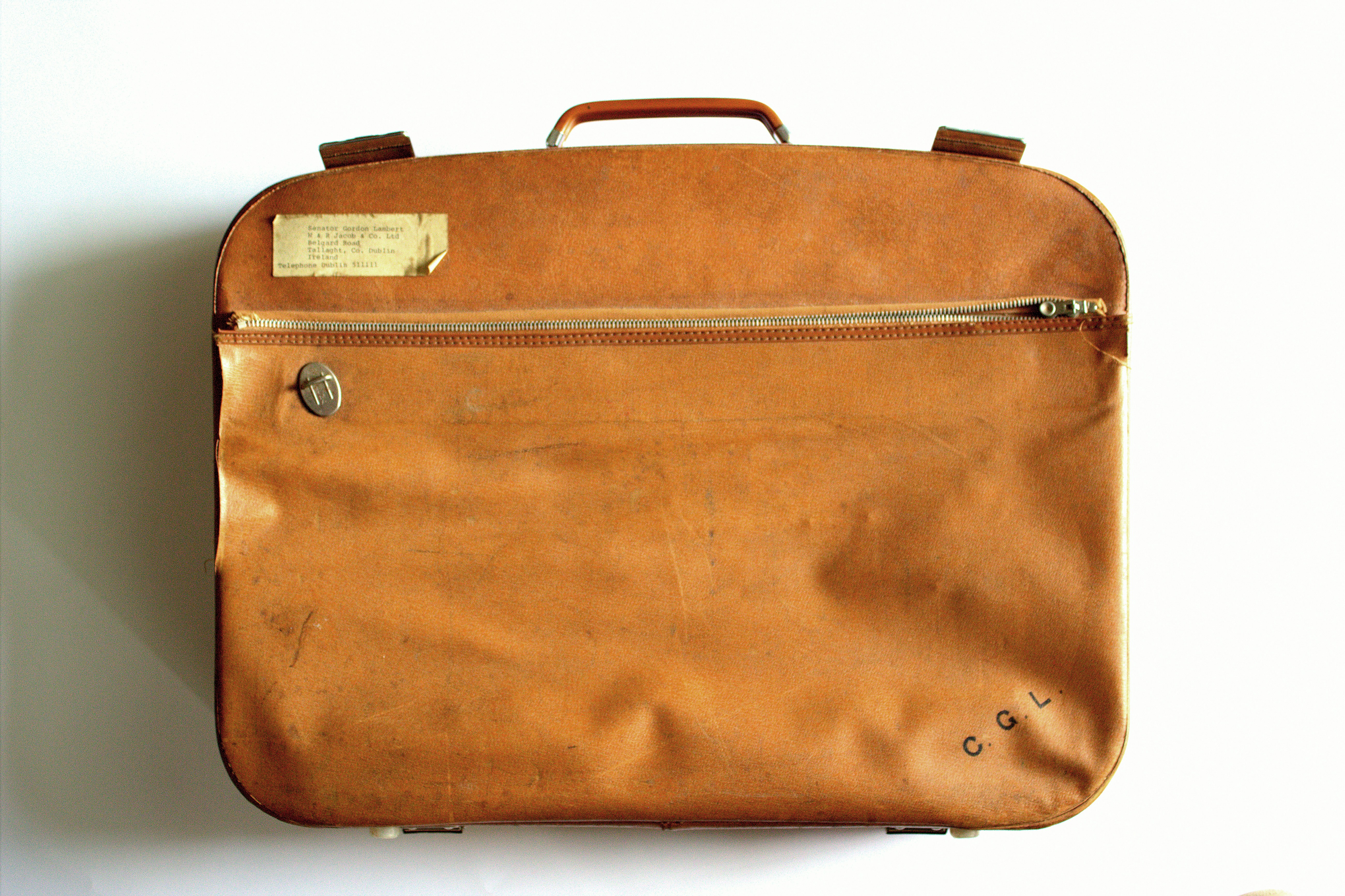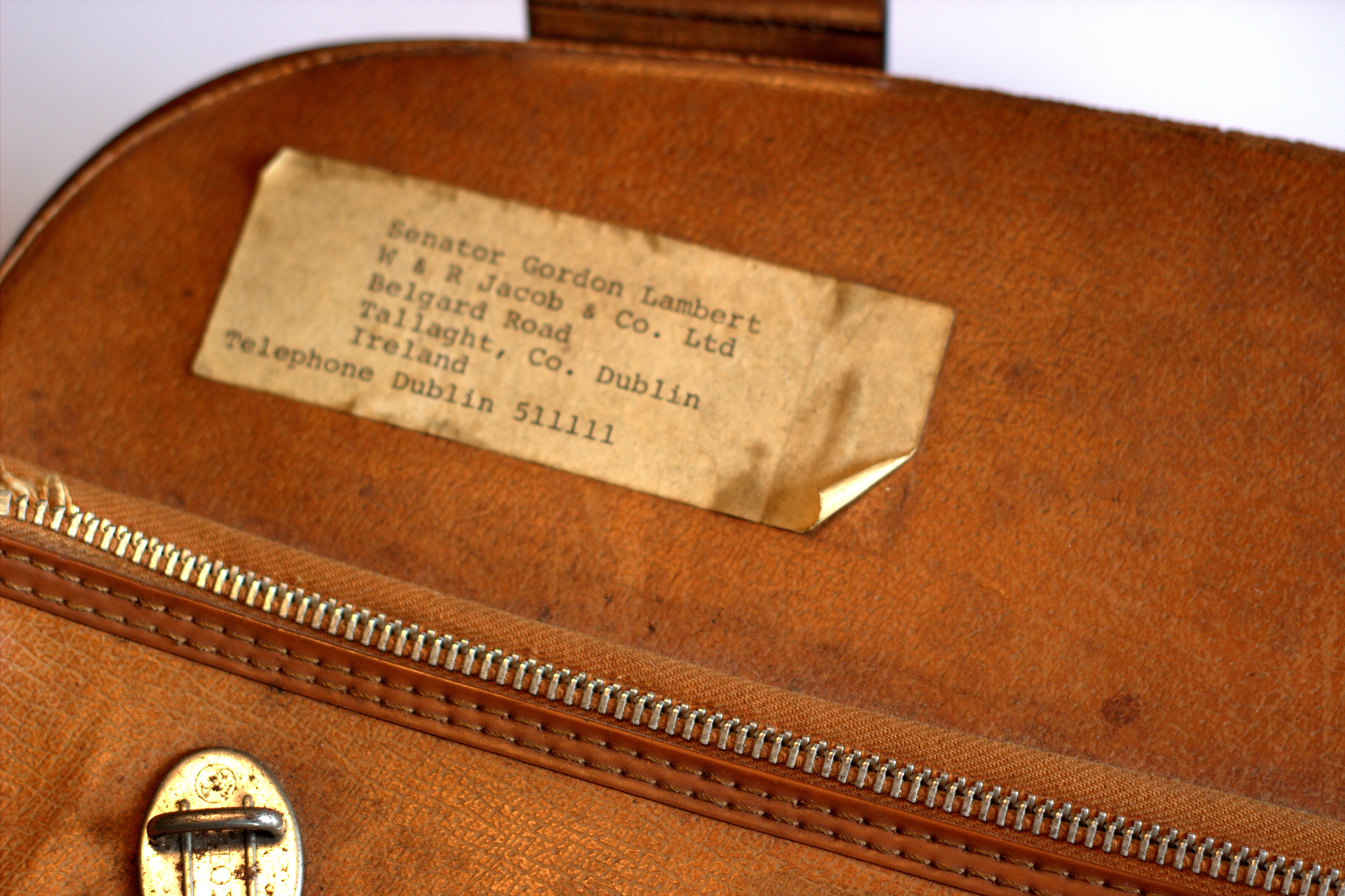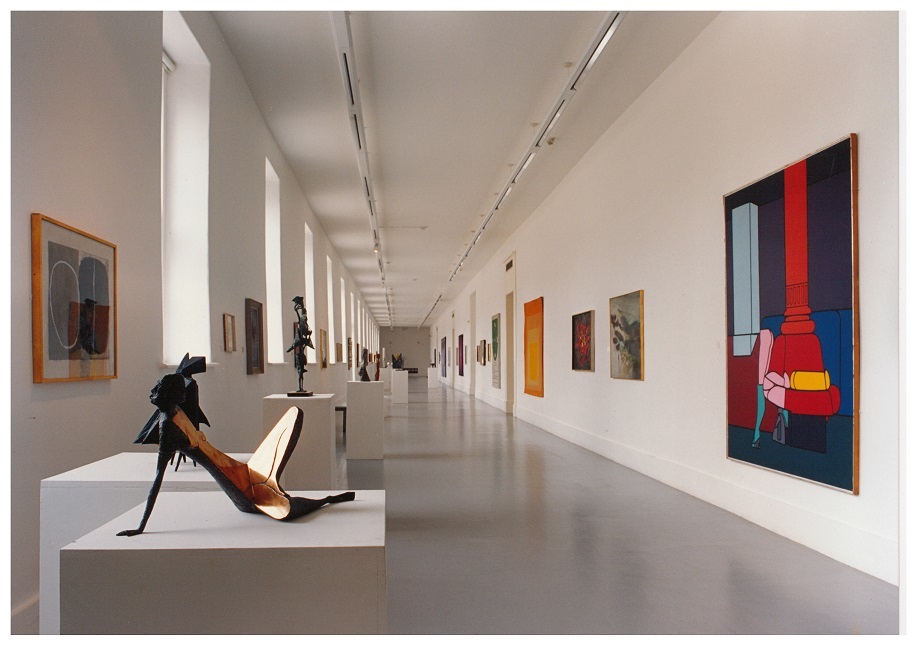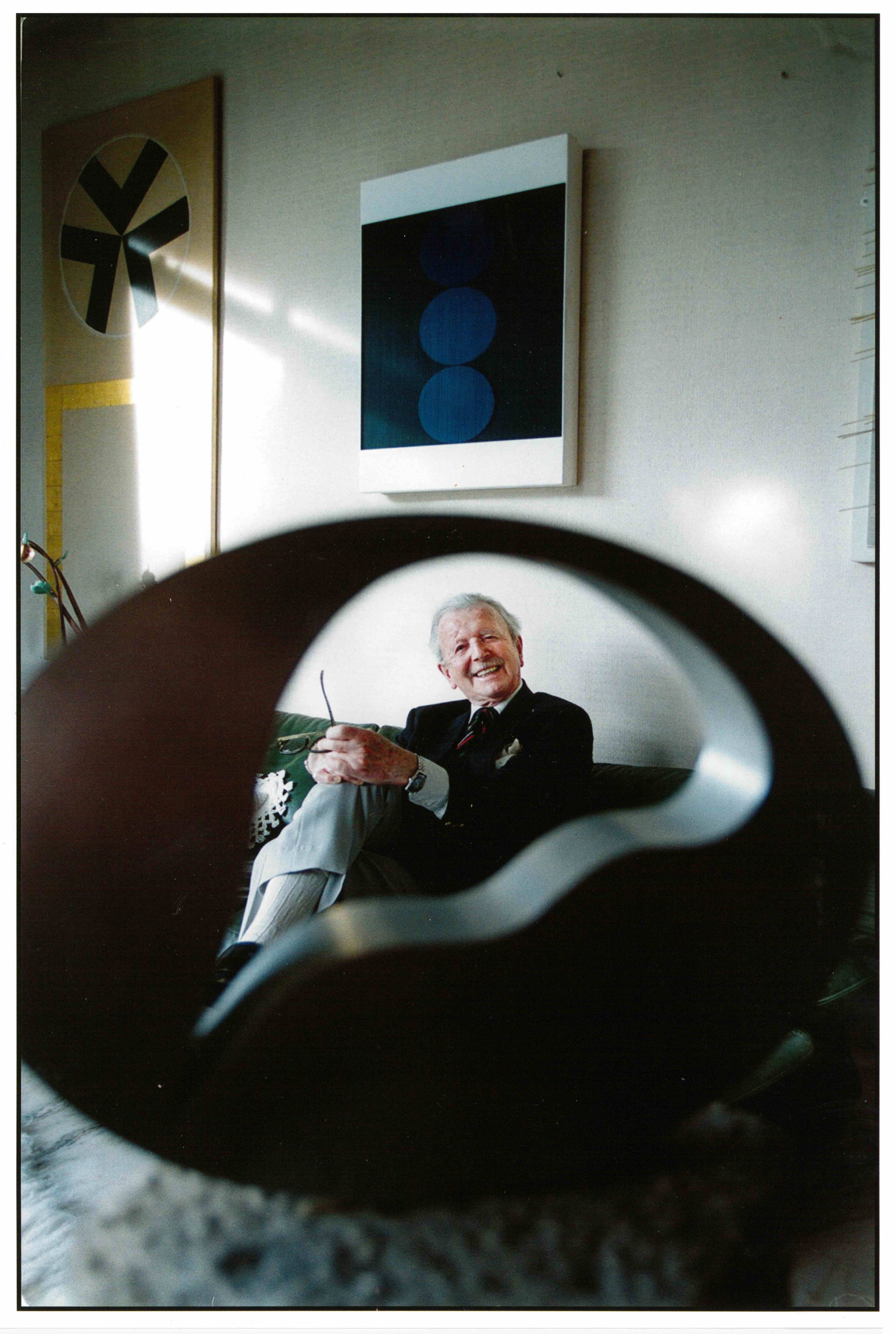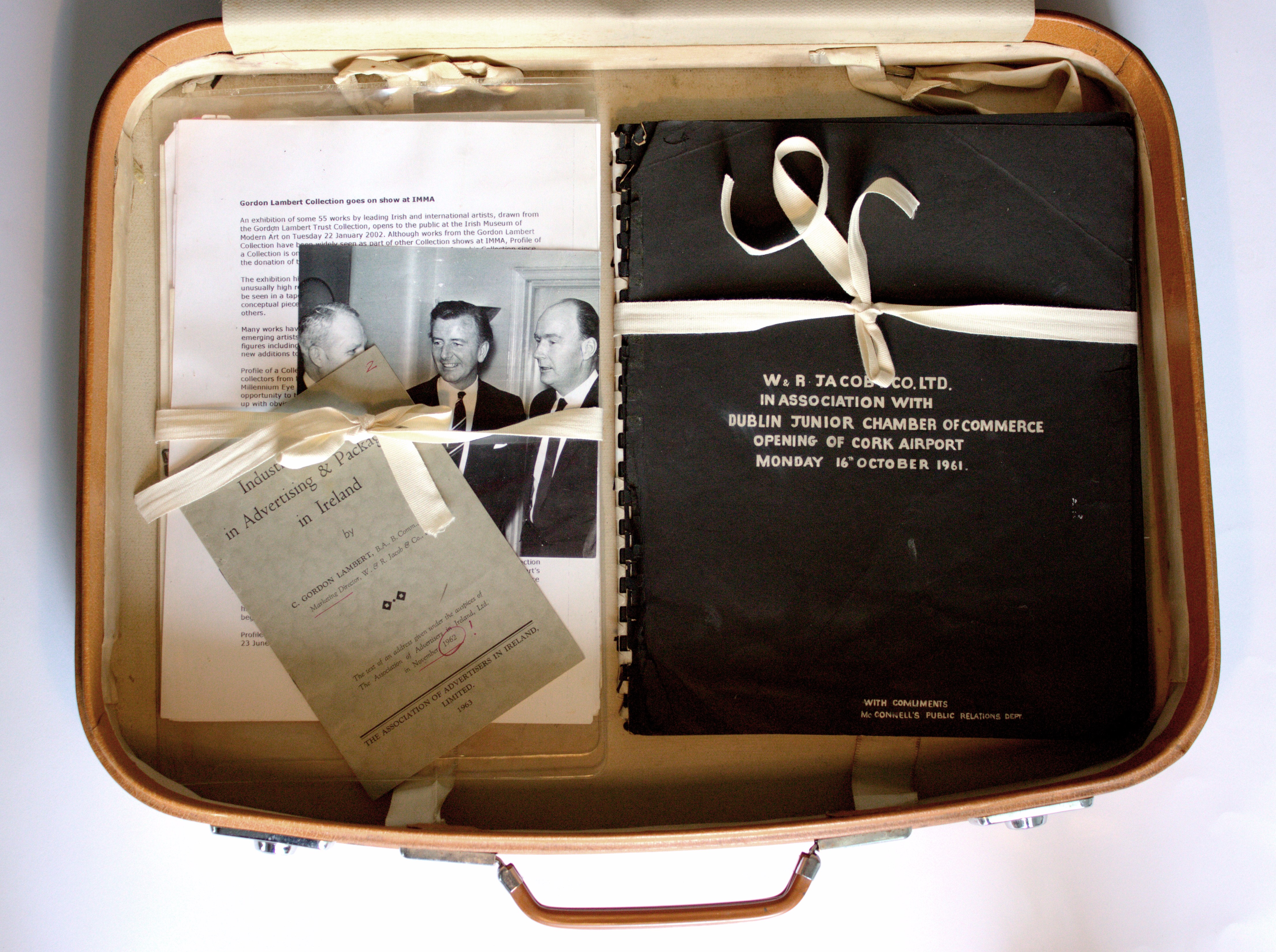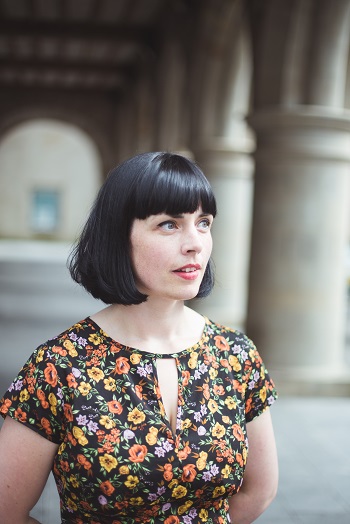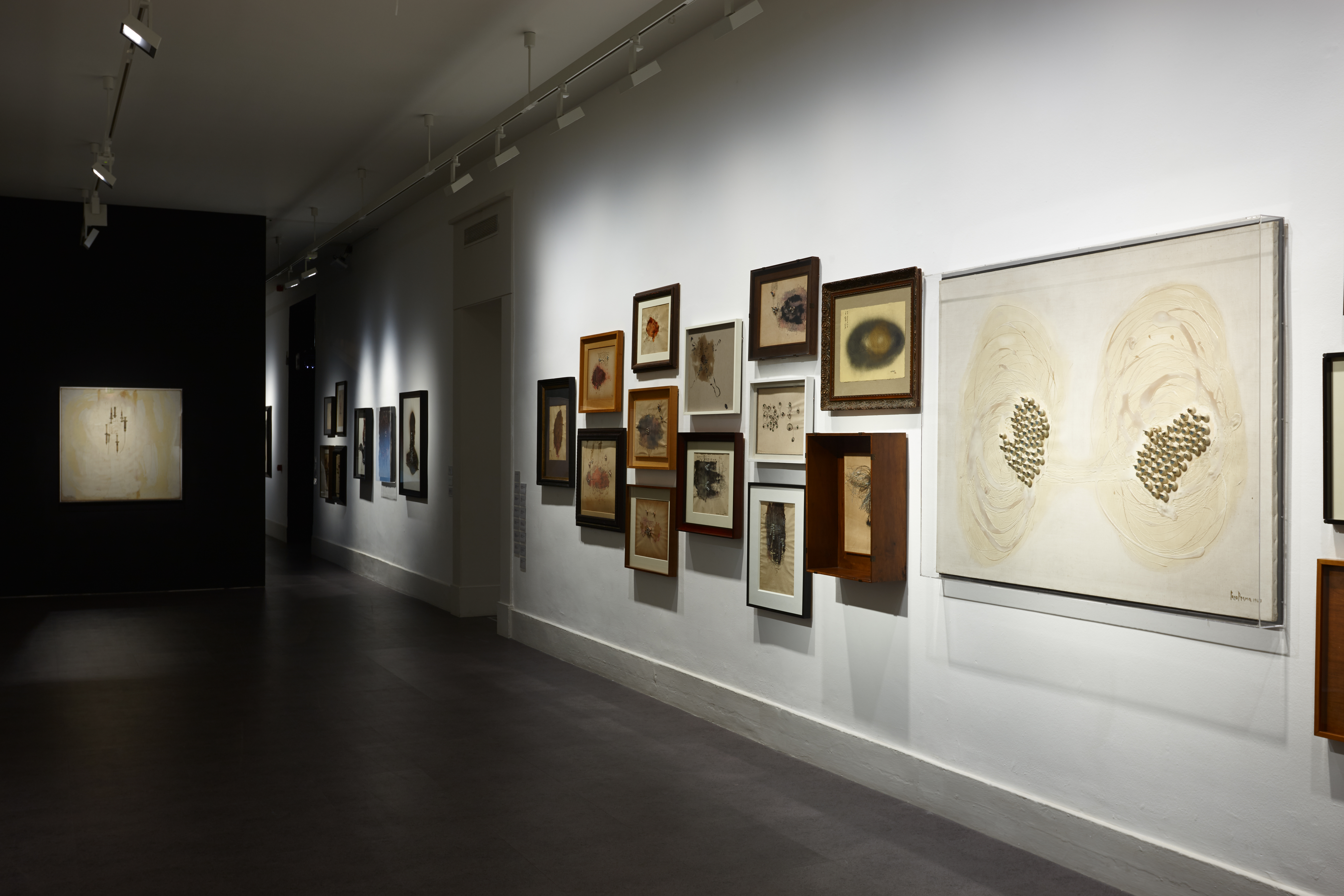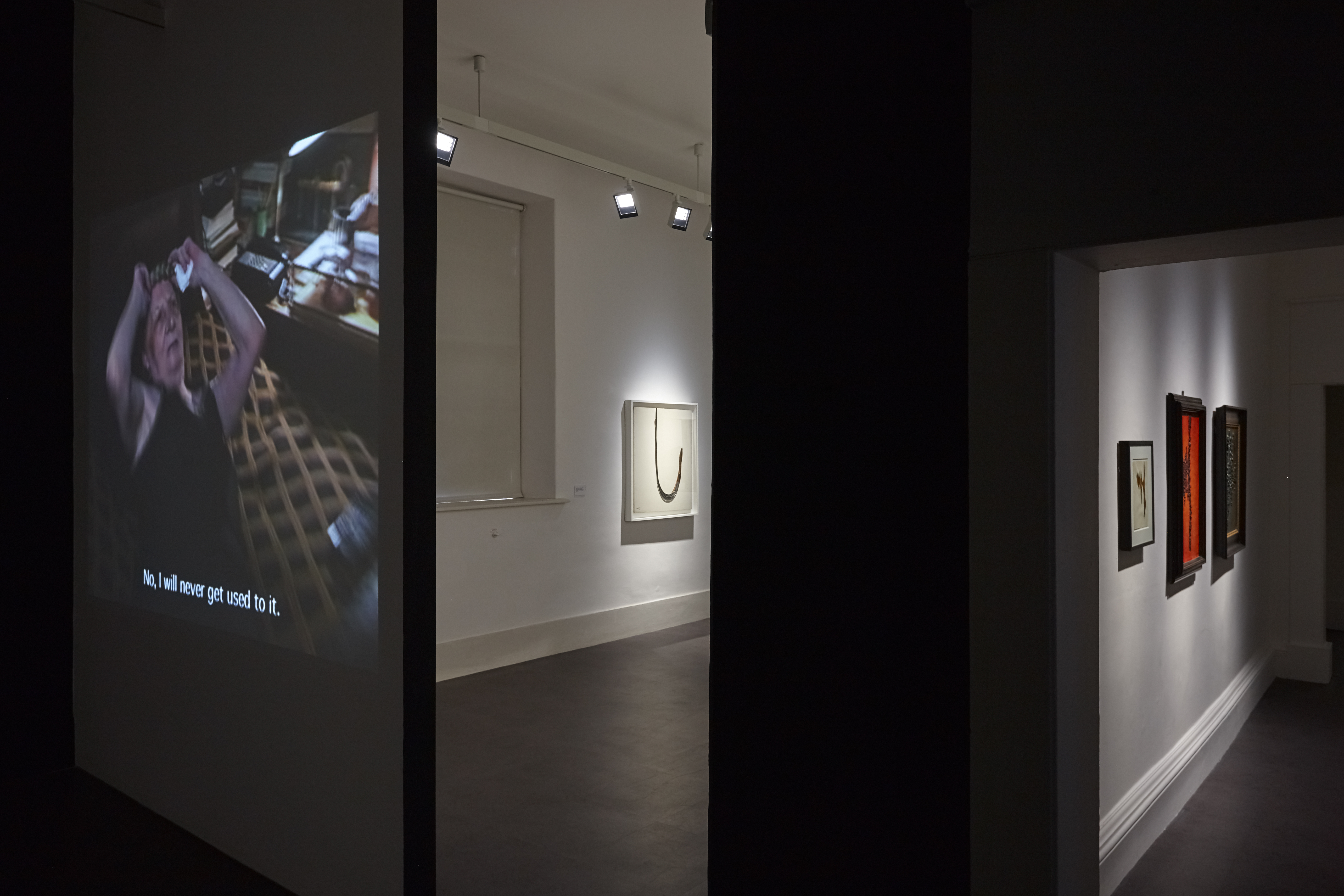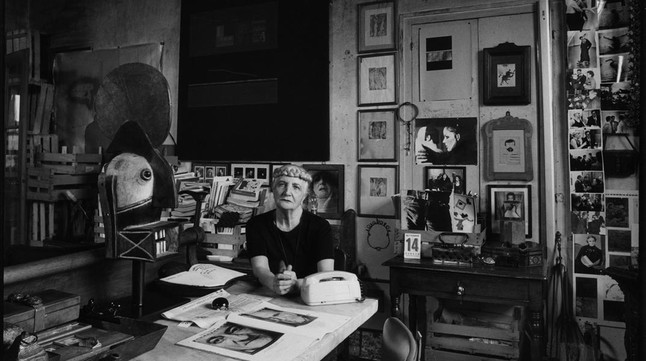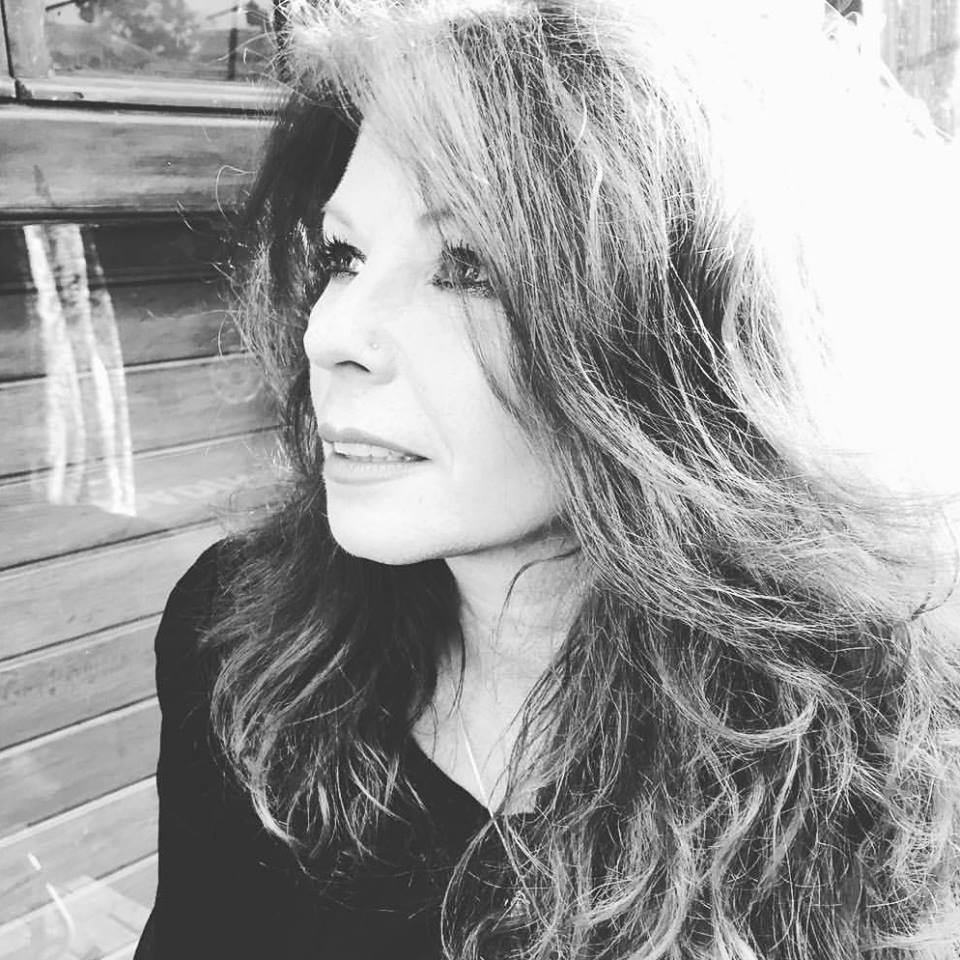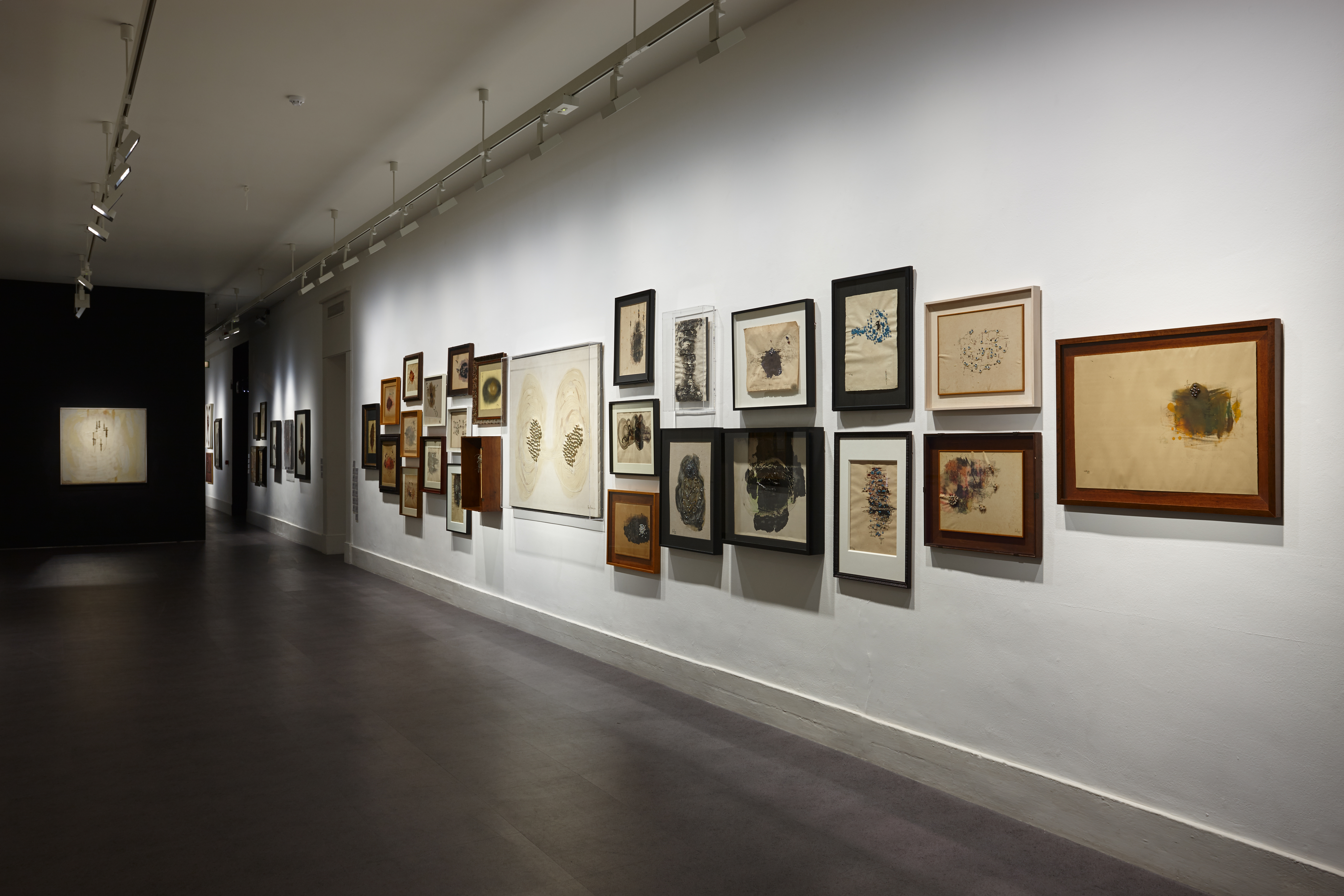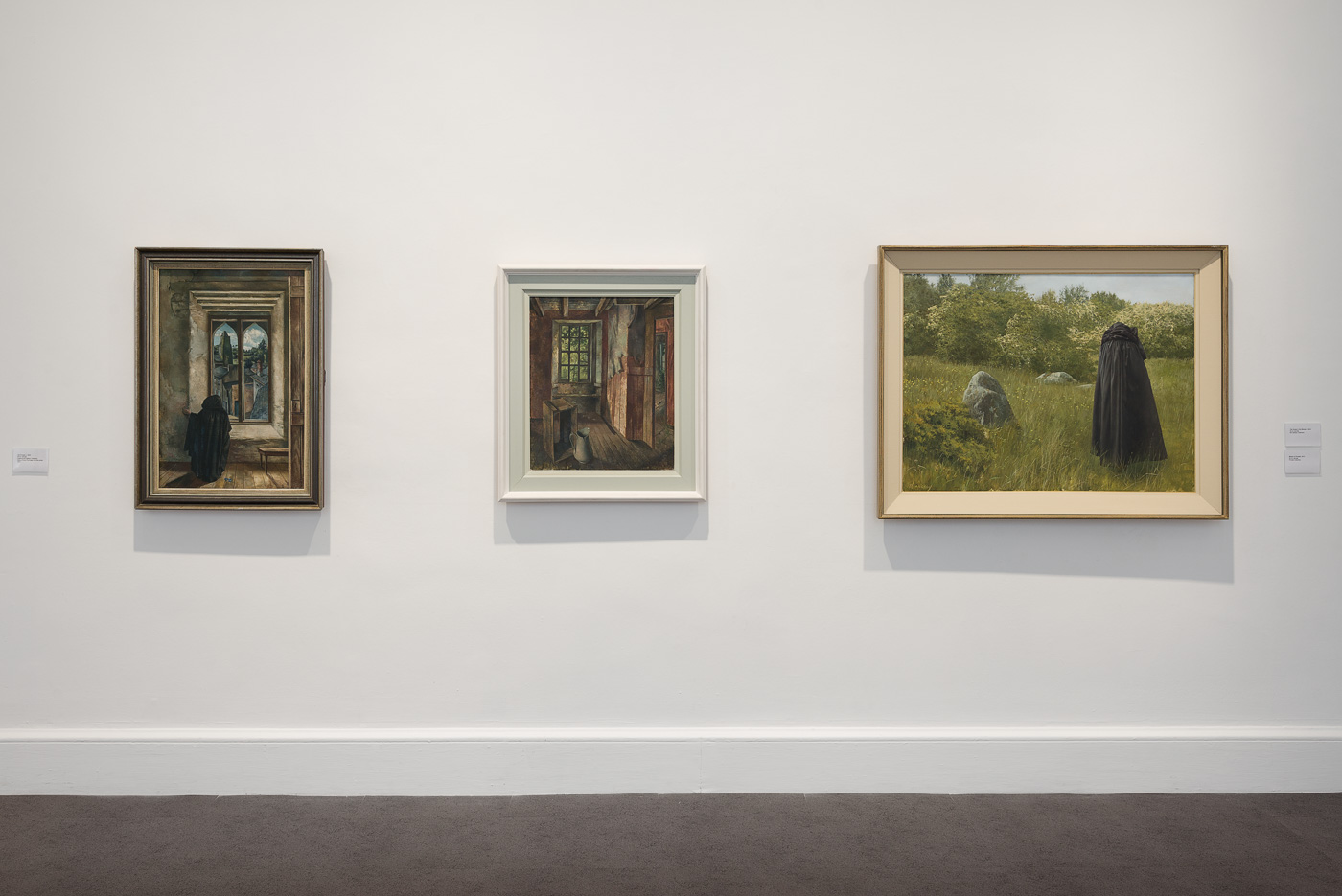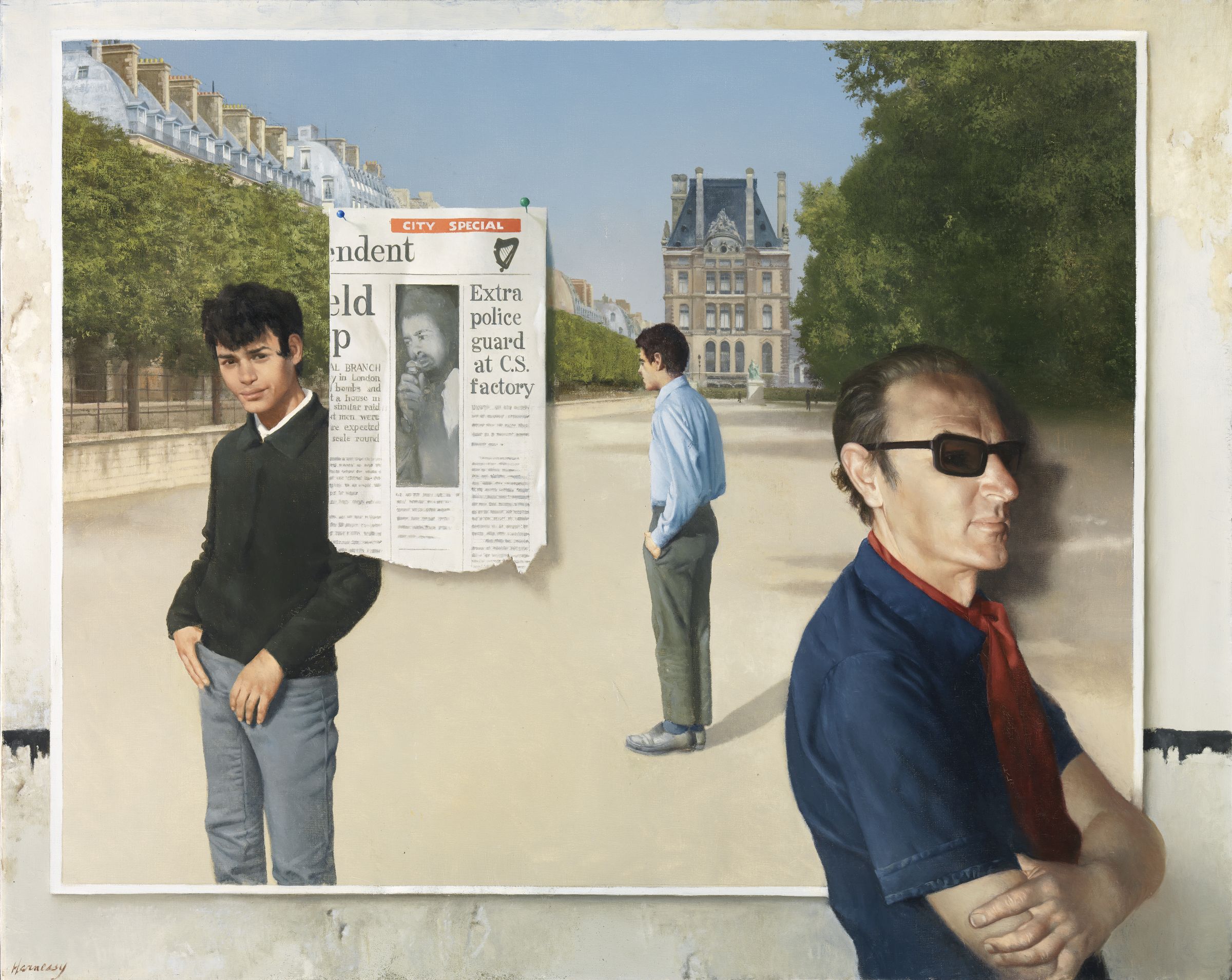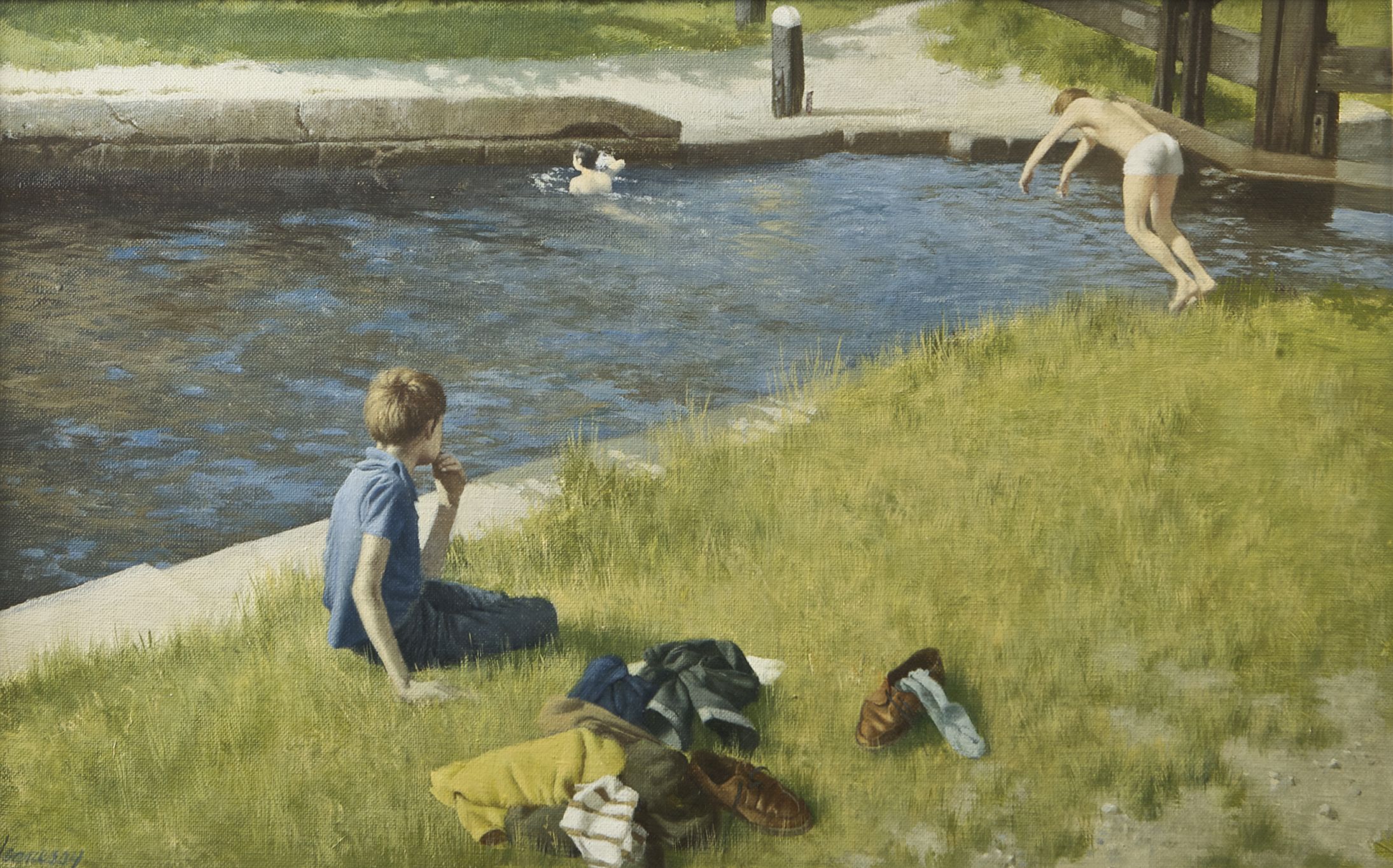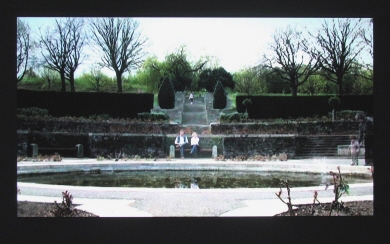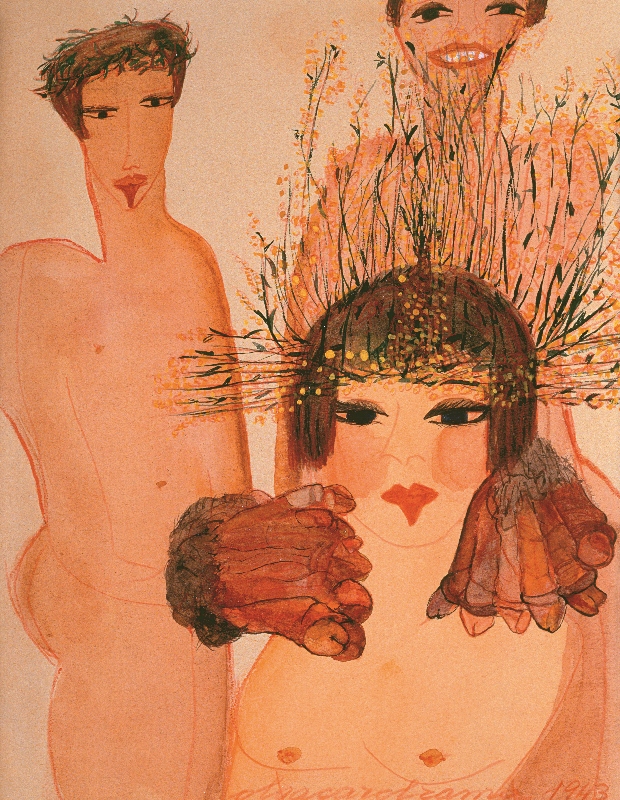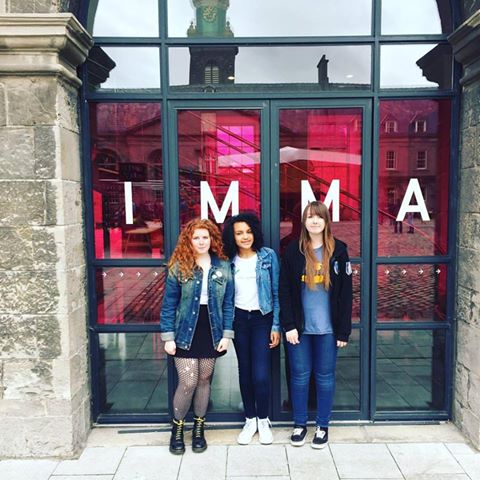
A Food Power School took place at IMMA over three weeks as part of A Fair Land to re-discover the power in domestic life. In this article Sophianne Lubasa tells us about her experience at the school where she learned about the harvesting, preparing and cooking of courgettes from the crop in the courtyard to the lunch diners at the OR/AND table. All activities in the Food School were closely guided and mentored by the Fair Land Team making the food. Pictured above Sophianne tells about the school in her own words.
I was lucky enough to take part in ‘A Fair Land’ at IMMA recently. I thoroughly enjoyed the four days and was delighted to write this blog detailing my experience when I was asked to!
The first day:
On the first day the four of us met Mark Maguire from IMMA’s Engagement and Learning Team in the reception at IMMA. He spoke to us about IMMA and explained we were going to participate in the food school for the four days. He also explained about the other workshops taking place. Mark then brought us to meet Adam Sutherland, Grizedale Art’s director, who was the coordinator for the day. Adam showed us around and gave us a real feel for what A Fair Land was all about.
IMMA’S courtyard was transformed into a village where visitors were able to partake in making aprons and bowls. They were also able to enjoy the food being made using the courgettes grown at IMMA. We picked the courgettes and courgette flowers which were growing in the middle of the courtyard. We observed the cooking on the first day and helped Adam with the setting up of the lunch. The lunch consisted of courgette based dishes and all of the plates and bowls were made at IMMA. We then got to sit down for lunch ourselves. The first dish was a delicious oriental soup with courgette noodles. After that we had a lovely courgette salad with buckwheat, dill and feta cheese. Lastly we had courgette cake which was so moist and didn’t taste anything like courgettes!
After the lunch we helped Adam with a food demonstration using courgette flowers. It was very interesting because I had never eaten a flower before never mind a deep fried flower with ricotta in the middle. This is a dish I look forward to making at home myself
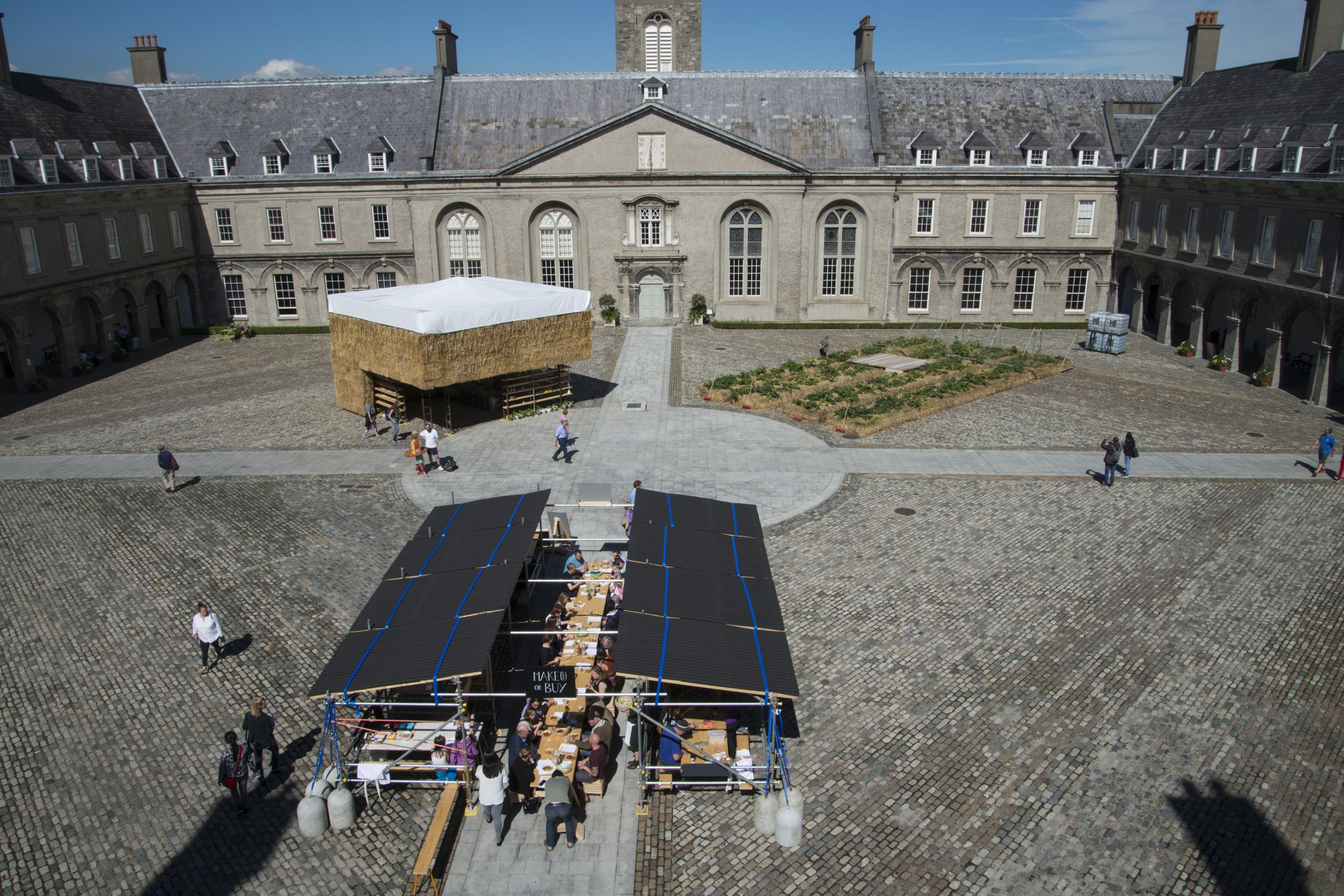
Day two:
We all met in the reception again the next morning. Mark asked us how we had found the experience so far. Two of us went to help Adam with his cooking demonstration and the other two stayed to learn how to prepare the lunch and mobile food that was to be sold at IMMA.
I stayed in the kitchen and chopped courgettes for the salad. Then I assisted with preparing some flat bread crackers. Afterwards I helped to make the lemon biscuits to be served in the mobile food and at the lunch too. The team then delivered the food to the lunch guests. After the food was delivered we had our lunch and got a chance to taste of all the dishes. We discussed the food and were encouraged to give our feedback on any way we thought the dishes could be improved. We then cleaned up and prepared some of the food for the next day.
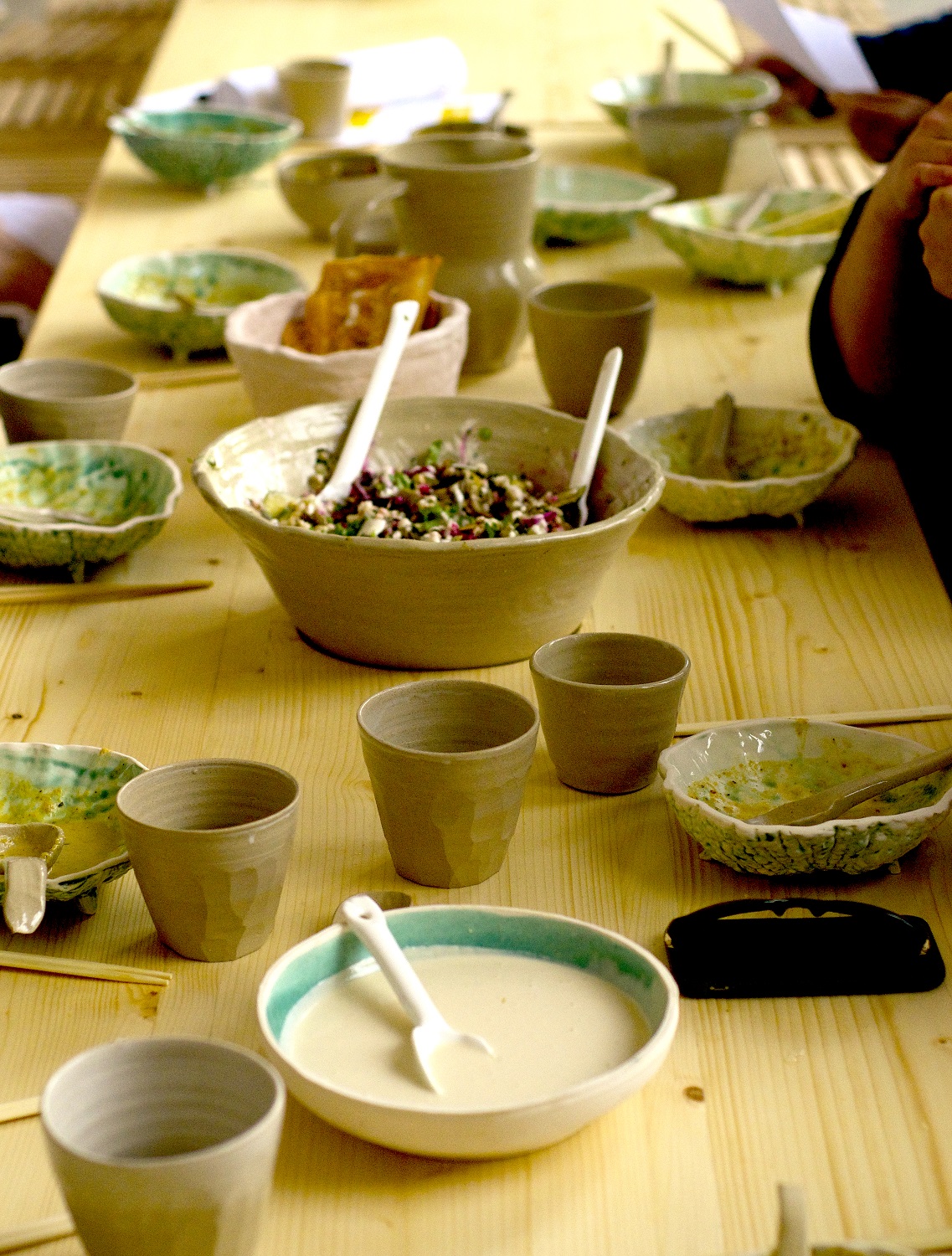
Day three:
After meeting in reception, we firstly went to one of the studios and got to print aprons for ourselves and also for the shop. Next we went to the kitchen to learn more about the food for the lunch. Afterwards we helped with the mobile food too. We then served the food to the guests and once again we had our lunch. Finally, we cleaned up and prepared some food for the following day when we would get a chance to demonstrate what we had learned over the previous three days.
Day four:
I arrived early on the last day so I went to the kitchen and helped to prepare vegetarian sushi balls for the mobile food. I had never made sushi before so it was a great experience. We all went to one of the studios at IMMA and printed tags. I then went to the kitchen to chop the courgettes. I then started preparing the salads and putting them into beautiful handmade bowls. After that we then served the food to the lunch guests which was met with lots of “oohh”s and some guests took pictures which was really nice to see. For the last time we sat down to lunch ourselves. We also collected any recipes which were of interest to us. Finally we all then went to watch a ravioli cooking demonstration in the courtyard.
Overall it was a great experience and I would definitely do it all over again. I am also very grateful to IMMA for giving me this chance to take part in the food school and making me feel so welcome. To be very honest I didn’t really like courgettes beforehand but since I have seen the many different ways they can be used I love them!!!!
![]()
Alongside Sophianne, Leah Whelan and Béibhinn O’Hair, also took part in week two of the Food Power School. IMMA would like to thank them for their dedication and enthusiasm to the project. We would also like to thank the A Fair Land artists who ran the school.
If you would like to try some of the courgette recipes mentioned in this blog, the are available in the Growing magazine produced by A Fair Land.
A Fair Land took place in IMMA’s courtyard for three weeks from 12 to 28 August 2016. Echoing the role artists and the European Arts and Crafts movement played in creating and articulating a new vision for Ireland pre-1916, IMMA and Grizedale Arts (UK) collaborated to create a project that examines the function of art. Click here for full details of A Fair Land and the many different elements of the project.
